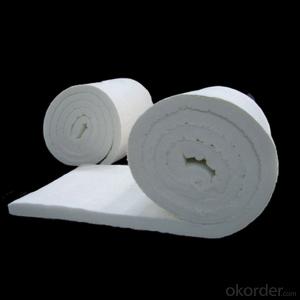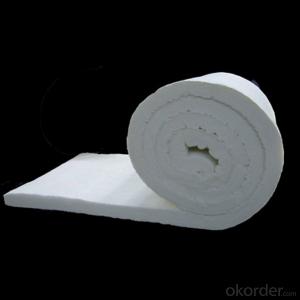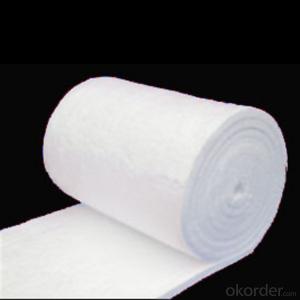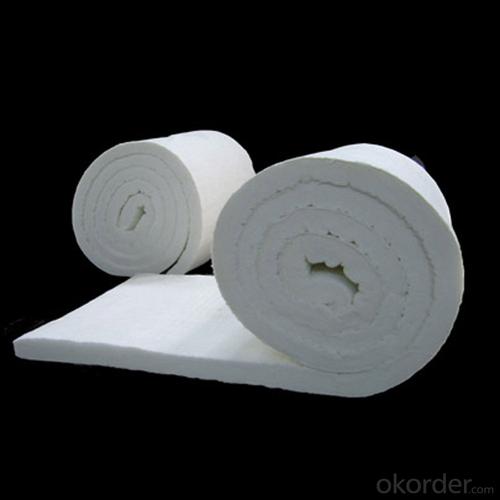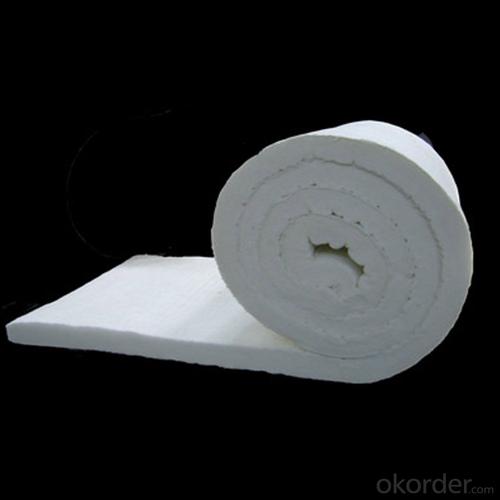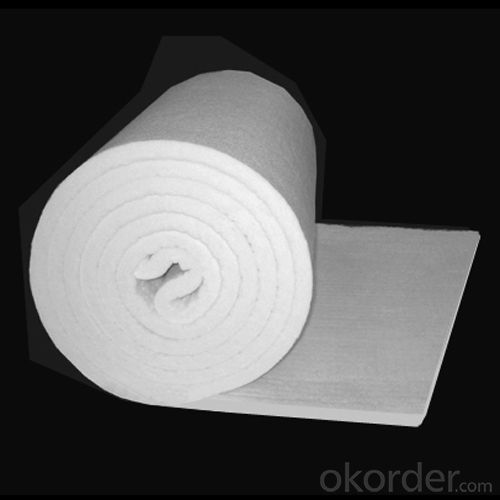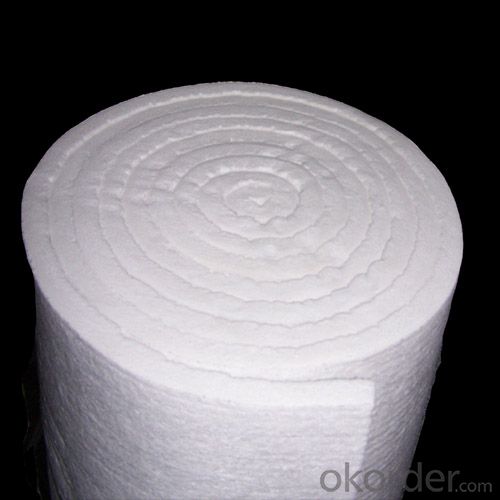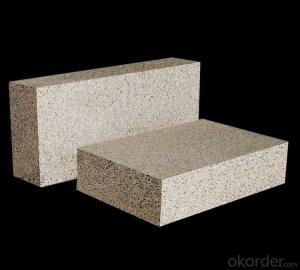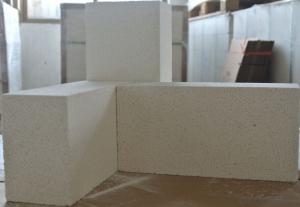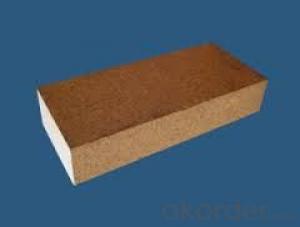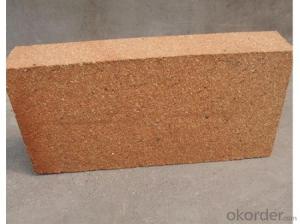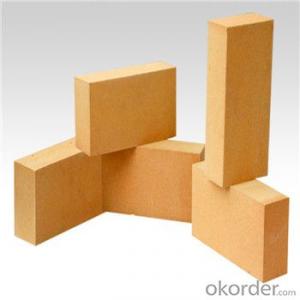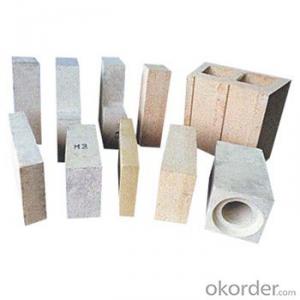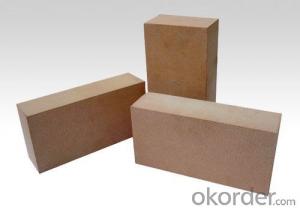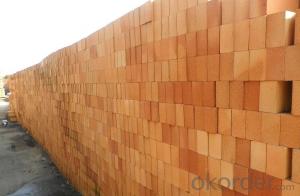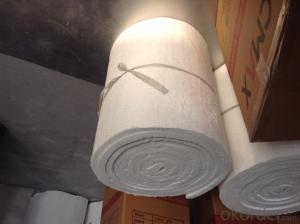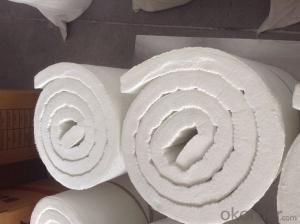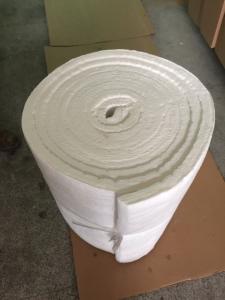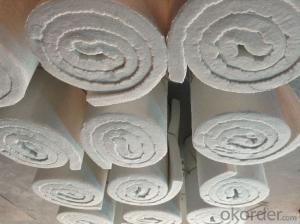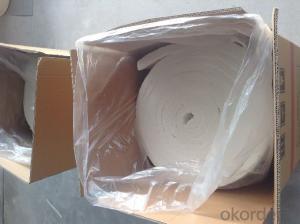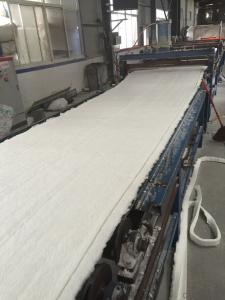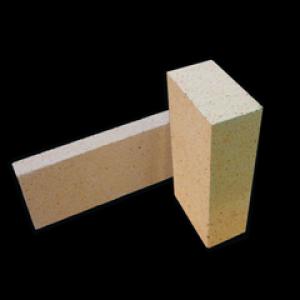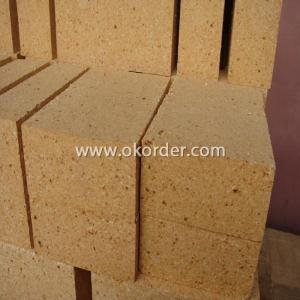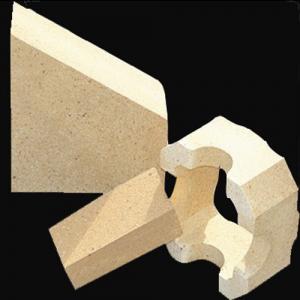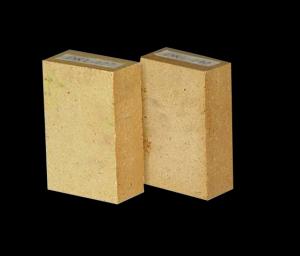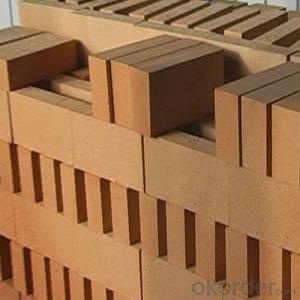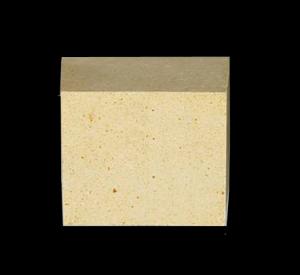Fireclay Brick Insulating Ceramic Fiber Blanket Refractory Blanket
- Loading Port:
- Qingdao
- Payment Terms:
- TT OR LC
- Min Order Qty:
- 225 roll
- Supply Capability:
- 31500 roll/month
OKorder Service Pledge
OKorder Financial Service
You Might Also Like
General information:
Cmax ceramic fiber blanket is made from high quality gao-ling clay, high purity alumina and silica oxides by spun or blown process. It is asbestos free. No chemical binder is added. Double-size needling provides blanket with great tensile or handling strength for easy installation. Blankets are available in various classified temperature from 1260ºC to 1430ºC.
Advantages:
Heat reflectance
Light weight
Low thermal conductivity
Low heat storage
Flexible
Resilient to thermal stock
High tensile strength
Corrosion resistance
Easy to install
Asbestos free
Application:
Petrochemical process heater refractory fiber lining
Heat treating furnace or intermittent (shuttle) kiln hot face lining
General furnace backup insulation
Heat seals for kiln car or furnace door
Electrical insulator
High temperature acoustic
Fire protection
Non-standard sizes are available upon request.
This information, subject to change, is offered solely for your consideration. Users of our products should make their own tests to determine the suitability of each product for their particular purposes.
| TECHNIQUE DATA | |||||||
| STD | HP | HA | HZ | ||||
| CLASSIFICATION TEMPERATURE(C) | 1260 | 1260 | 1350 | 1450 | |||
| WORKING TEMPERATURE(C) | 1000 | 1050 | 1200 | 1350 | |||
| COLOR | WHITE | WHITE | WHITE | WHITE | |||
| BULK DENSITY(kg/m 3 ) | 96/128 | 96/128 | 96/128 | 96/129 | |||
| THERMAL SHRINKAGE 24HRS (Density 128kg/m 3 ) | ≤ 3 | ≤ 3 | ≤ 3.5 | ≤ 3.5 | |||
| THERMAL CONDUCTIVITY(W/m. k) (Density 128kg/m3 ) | |||||||
| 800C | 0.15 | 0.176 | 0.160 | 0.155 | |||
| 1000C | 0.170 | 0.220 | 0.180 | 0.230 | |||
| 1200C | - | - | 0.260 | 0.31 | |||
| CHEMICAL COMPOSITION(%) | |||||||
| Al2O3 | 45-46 | 45-46 | 53-55 | 38-54 | |||
| SiO2+Al2O3 | 98.5 | 99 | 99 | 82-90 | |||
| ZrO2 | - | - | - | 13-18 | |||
| Fe2O3 | ≤ 0.4 | ≤ 0.3 | ≤ 0.3 | ≤ 0.3 | |||
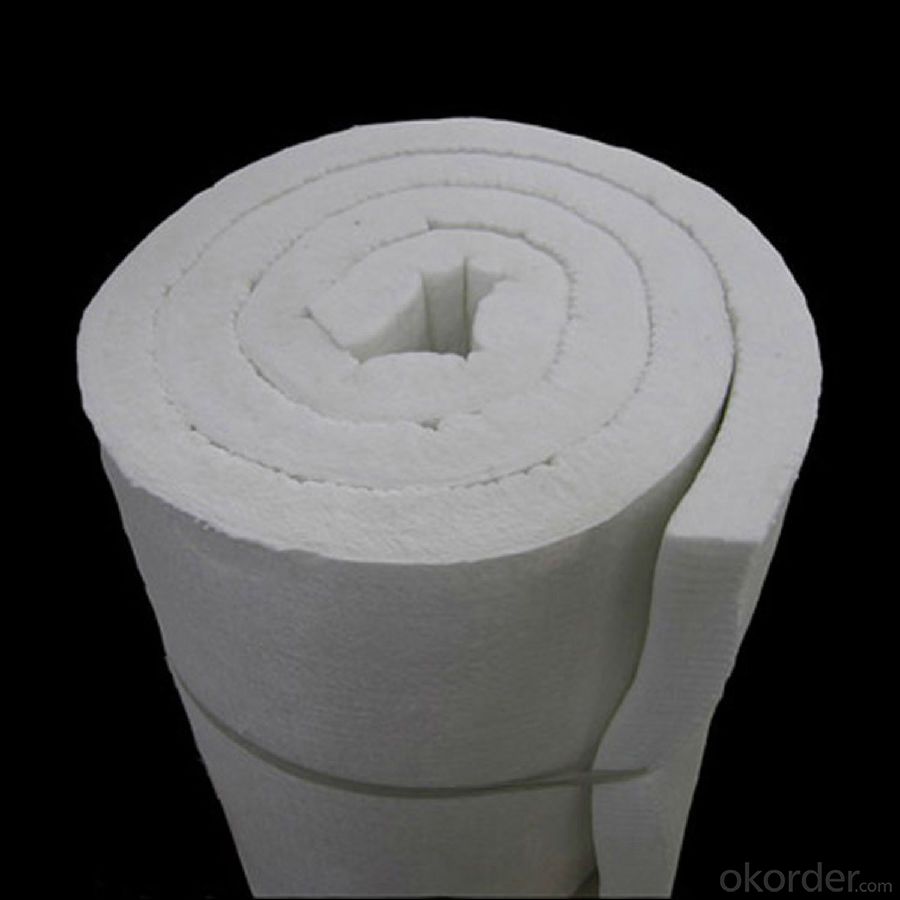
- Q: Which thermal stability of clay bricks and high alumina bricks is good?
- Thermal shock stability is much better than clay brick.
- Q: What material is sk-34 on the refractory brick
- Electric power; refractory bricks, castable refractory, building materials, chemical, glass, ferrous metals and other industries required refractory and insulation materials, all kinds of thermal insulation cotton products, thermal insulation brick, aluminous refractory cement, perlite and other unshaped refractory materials have been the best-selling products
- Q: Whether yellow dextrin is used in refractory bricks?
- The production of refractory bricks needs yellow dextrin as bonded materials.
- Q: Where the refractory bricks rider bricks that are used for building arch and vault should be put?
- Arch and vault shall be built simultaneously from both sides of the arch of the foot to the center of symmetry, when masonry, inverting concentric reducer of arch brick is prohibited; the lock should be driven into the brick arch from the side, if the last rider brick can't be driven from the side, you can process the first 1-2 brick to make the size of the lock and the lock buckle equal, and then drive suitable rider brick from top, and use steel plate to jam-pack the side; dismantling arch tire must be performed after all rider bricks are driven and lock brick arch foot ditch masonry is completed and the final tightening nut for skeleton retractor rear.
- Q: What is the refractory temperature of refractory bricks?
- First look at the used parts of refractory brick, anti stripping performance, these are the most basic performance factors, the refractory temperature of high alumina brick is 1770 -1790 degree, the refractory temperature of clay brick is 1380-1570 DEG C, record the anti acid corrosion data of refractory bricks, the compressive strength of refractory bricks, at the same time, you should analyze each part of the furnace pH index and sintering temperature of working. When purchasing refractory bricks, you need to pay attention to many factors, high temperature creep property, softening temperature under a fixed load, 6548, volume stability at high temperature. Because the production of the product is affected by the weather and fuel energy, etc.. 186, select the suitable refractory bricks
- Q: Which is better for tunnel kiln suspended ceiling, refractory brick or ceramic fiber module ?
- ceramic fiber module is better
- Q: What are the simple ways to distinguish between excessive clay bricks and less fired clay bricks?
- Refers to the internal combustion brick to save raw material and fuel in clay mixed with waste parts containing combustibles, such as coal cinder, coal gangue and fly ash, and make the fuel burning in a brick in the baking process, so as to obtain uniform calcination temperature and combustion, called by this method of roasting brick brick.
- Q: Whether the fire bricks are needed to be poured before construction?
- It should be properly watered, according to its water absorption rate: Need to soak and dry in the shade. There is no need to do like the ordinary red brick
- Q: What is the difference between a clay brick and a red brick?
- Clay bricks burn red and red brick. Burnt blue. Green brick.Clay bricks are called sintered clay bricks.The construction methods are the same as those of the two. No difference.
- Q: What are the properties of clay bricks?
- The clay brick refractoriness in above 1600 degrees, but the beginning of softening temperature is very low, as long as 1250 to 1300 DEG C, and softening start temperature and end temperature (fflJ40% deformation temperature) of large distance, this distance is about 200 ~ 250 DEG C.
Send your message to us
Fireclay Brick Insulating Ceramic Fiber Blanket Refractory Blanket
- Loading Port:
- Qingdao
- Payment Terms:
- TT OR LC
- Min Order Qty:
- 225 roll
- Supply Capability:
- 31500 roll/month
OKorder Service Pledge
OKorder Financial Service
Similar products
Hot products
Hot Searches
Related keywords
